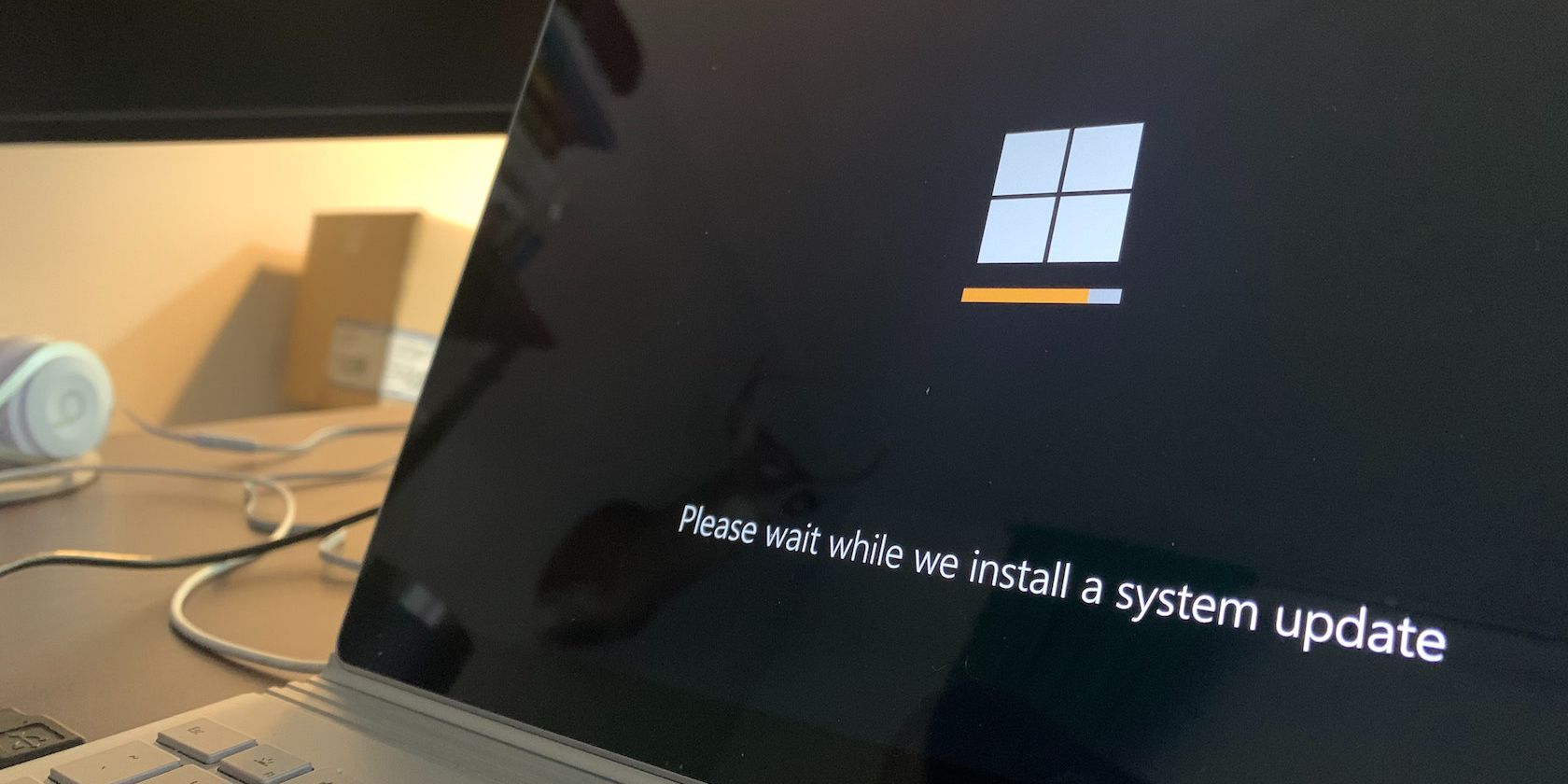
How to Identify and Understand Hardware Issues on Windows Systems with YL Software's Expertise

Mastering Display Customization on Windows [Student]: What Is the Value of (B ) if It Satisfies the Equation (\Frac{b}{6} = 9 )?
The Windows 10 display settings allow you to change the appearance of your desktop and customize it to your liking. There are many different display settings you can adjust, from adjusting the brightness of your screen to choosing the size of text and icons on your monitor. Here is a step-by-step guide on how to adjust your Windows 10 display settings.
1. Find the Start button located at the bottom left corner of your screen. Click on the Start button and then select Settings.
2. In the Settings window, click on System.
3. On the left side of the window, click on Display. This will open up the display settings options.
4. You can adjust the brightness of your screen by using the slider located at the top of the page. You can also change the scaling of your screen by selecting one of the preset sizes or manually adjusting the slider.
5. To adjust the size of text and icons on your monitor, scroll down to the Scale and layout section. Here you can choose between the recommended size and manually entering a custom size. Once you have chosen the size you would like, click the Apply button to save your changes.
6. You can also adjust the orientation of your display by clicking the dropdown menu located under Orientation. You have the options to choose between landscape, portrait, and rotated.
7. Next, scroll down to the Multiple displays section. Here you can choose to extend your display or duplicate it onto another monitor.
8. Finally, scroll down to the Advanced display settings section. Here you can find more advanced display settings such as resolution and color depth.
By making these adjustments to your Windows 10 display settings, you can customize your desktop to fit your personal preference. Additionally, these settings can help improve the clarity of your monitor for a better viewing experience.
Post navigation
What type of maintenance tasks should I be performing on my PC to keep it running efficiently?
What is the best way to clean my computer’s registry?
Also read:
- [New] Online Retrobing Navigating YouTube’s Deleted Content
- 2024 Approved Convenient Snipping Identify the Top 5 Apps for PC Captures
- 2024 Approved Ideal Chipset Selection for UHD Rendering
- Automatico Backup Di Singolo File: Come Configurare La Sincronizzazione Giornaliera?
- Get the Newest 2024 Firmware & Drivers for Your HP Deskjet 2700 Printer Today!
- How to Repair Deleted DLL Files in Windows 10 and 11: Step-by-Step Solutions for a Full Recovery
- Infinix Smart 8 ADB Format Tool for PC vs. Other Unlocking Tools Which One is the Best?
- Overcoming the 'Windows Update Failed' Hurdle in Windows 11: Decoding Error 0X800705b4
- Reliable User Guide to Fix Poco X5 Running Slow and Freezing | Dr.fone
- Step-by-Step Tutorial on Moving Your Hyper-V VMs Onto a Common Network Storage Area
- Successfully Overcome the PDF Generator's Lost Files Problem with These 5 Strategies
- The Magnificent Art of Pokemon Go Streaming On Xiaomi Redmi A2+? | Dr.fone
- Windows 7
- Title: How to Identify and Understand Hardware Issues on Windows Systems with YL Software's Expertise
- Author: Ronald
- Created at : 2025-03-03 19:02:09
- Updated at : 2025-03-07 16:51:20
- Link: https://discover-extraordinary.techidaily.com/how-to-identify-and-understand-hardware-issues-on-windows-systems-with-yl-softwares-expertise/
- License: This work is licensed under CC BY-NC-SA 4.0.